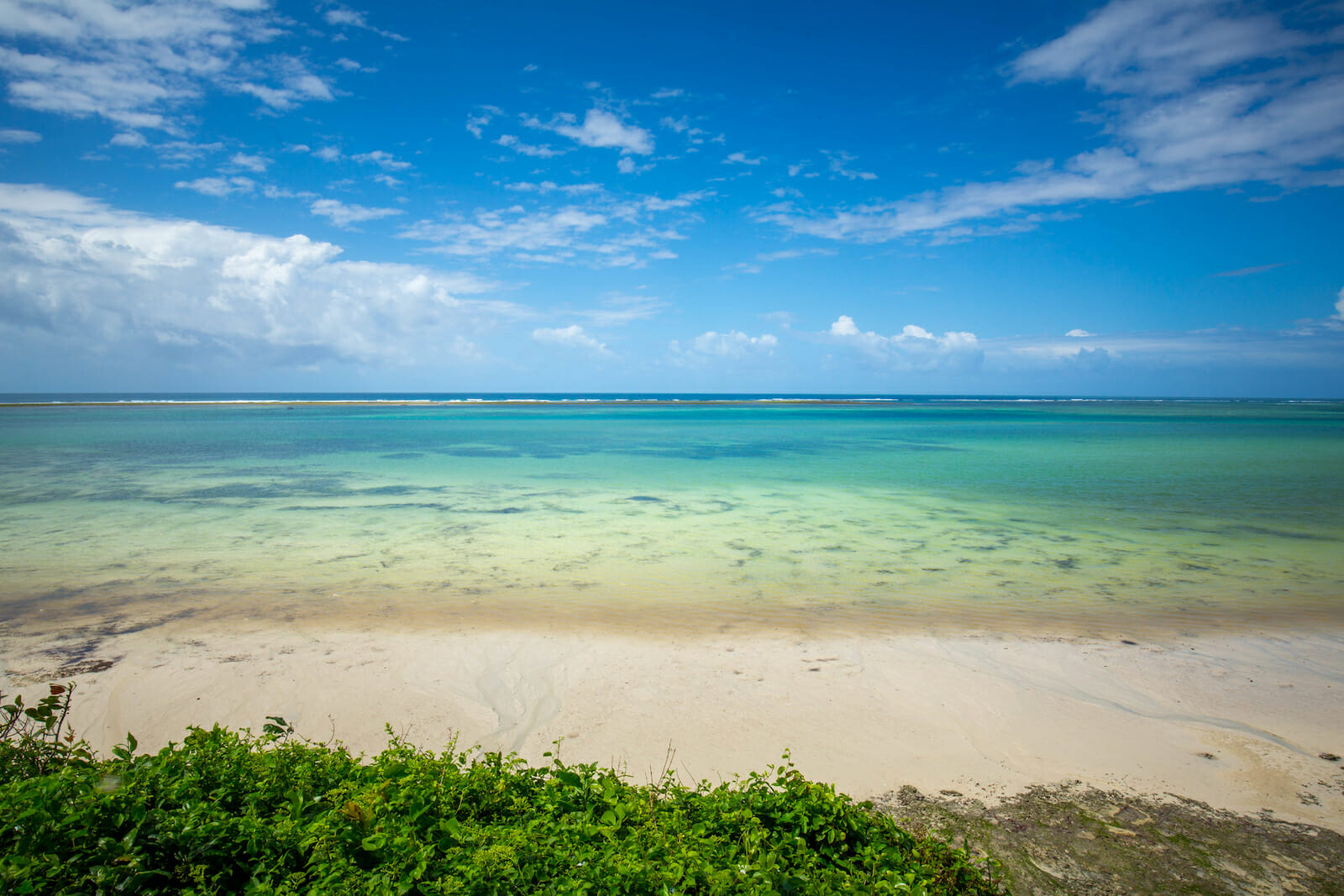
The Environmental Crisis On Kenya’s Coast and Why We Must Solve It
All across the world, countries are in the midst of facing some of the greatest environmental challenges of the past millennia. From the raging fires in the Brazilian Amazon to toxic air pollution in Ulaanbaatar, Mongolia. As humanity moves forward in the 21st century, we are reaching an unparalleled moment of environmental degradation. This can be seen by the news headlines that reach our smartphones and computers daily. However, one of the most ignored crises has the potential to be one of the most damaging.
Right off the beautiful coasts of Kenya, lies a largely unreported crisis, the massive degradation of Kenya’s seagrass ecosystem. According to a report published by the National Center for Biotechnology Information, between 1986 and 2016, Kenya lost approximately 21% of its seagrass covers in its oceans. Through the disturbance of sediment on the seabed, seagrass suffocates and dies. The disturbance of sediment comes from both overgrazing by sea urchins and the human-caused trampling of the grasses. The issue of urchin-led overgrazing is a problem that directly stems from the tragedy of the commons, a situation in which individuals exploit a shared resource to the extent that the demand outweighs the supply. The overfishing of parrotfish (which are natural predators to sea urchins), has led to an overwhelming spike in the population of sea urchins. Because of this, uncontrolled numbers of sea urchins have now overgrazed many parts of the Western Indian Ocean. This devastating loss of seagrass has severely harmed Kenya’s natural ecosystem and now threatens to purge a large amount of the coastal community’s food supply.
Many coastal families residing within Kenya rely upon artisanal fisheries for access to food. Without seagrass beds, both rabbitfish and seagrass parrot fish face endangerment in Kenya’s waters. This disturbance will almost certainly destroy the livelihoods of countless Kenyans. It is also projected to threaten a number of endangered species off Kenya’s coast including sea turtles, sea horses, and dugongs. Just as seagrass ecosystems in Kenya face an impending danger, so does the environmental stability of the world. Acting as successful carbon sinkholes, seagrass ecosystems hold the ability to act as a critical resource in combating climate change. Despite this potential, seagrass ecosystems have largely been neglected. According to the UN Environment Programme, new data suggests that only 26% of recorded seagrass meadows fall within global Marine Protected Areas. Industrial run-off, dredging, mass unregulated fishing, and climate change have all played key roles in the destruction of almost 30% of known seagrass territory worldwide.
In order to solve this crisis, the world needs to initiate more seagrass preservation efforts. One successful method of preservation was discovered by the Kenya Fisheries and Research Institute, who started seagrass regrowth trials. These trials consisted of planting seagrass seedlings in punched holes within large bags on the ocean floor. An additional study by the Queensland University of Technology in 2017, in the area of Moreton Bay, indicated that dredging operations taking place in the Autumn season, cause significantly less damage to seagrass meadows than operations initiated during alternative times of the year.
Seagrass preservation efforts in the Western Indian Ocean provide a distinct path forward for protecting Kenyan coastal communities and the natural world. Meeting this moment will require remarkable scientific ingenuity and political pragmatism.
The time for waiting on the sidelines is long gone. The death of seagrass in the Western Indian Oceans provides a stark threat to biodiversity, coastal livelihoods, carbon emissions reduction, and economic mobility. It is for these reasons that international and individual action must be taken. Reaching out to local and international environmental non-profit organizations, and inquiring about seagrass restoration efforts, is a key way of making progress on this issue. Additionally, supporting organizations like Project Seagrass is an excellent way to support cutting-edge research on seagrass preservation methods.
As countries work to strengthen their economic standings in the wake of COVID-19, a unique opportunity showcases itself to the world. Preserving and restoring seagrass meadows presents a very effective method of job creation in career fields like environmental science and fishing. It also gives countries a chance to reach 10 of the UN Sustainability and Development Goals.
Right now the world is in a vulnerable position. This shouldn’t make us resort to a traditional line of thinking. It should instead encourage us to pave a new path forward. Similar to the overgrazing of Kenya’s seagrass, the world’s blind eye to oceanic conservation efforts symbolizes a clear tragedy of the commons. A collective good for carbon reduction lies in the seagrass ecosystem. It is imperative that the world preserve the underwater ecosystem in Kenya, not just to stop a coastal food shortage, but also to help mitigate the international climate catastrophe ahead of us.

